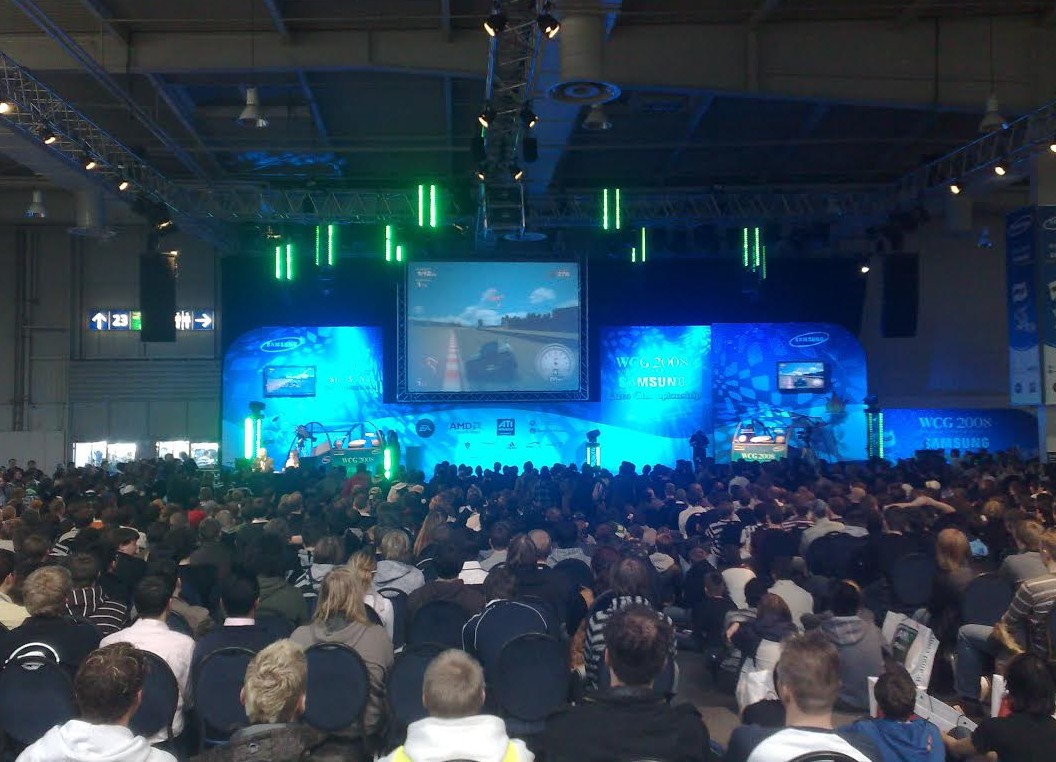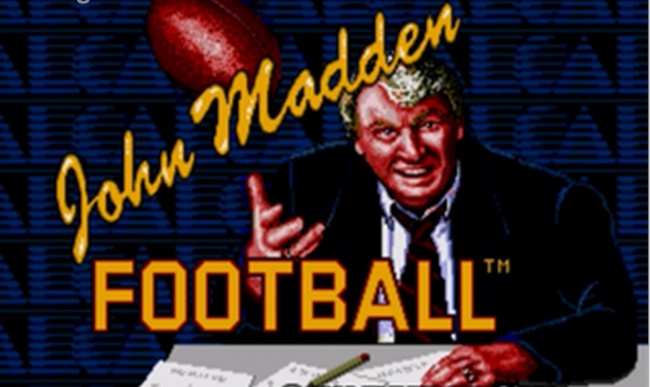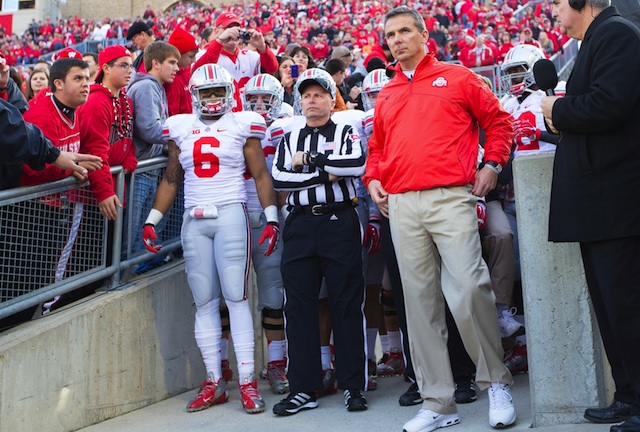It’s no big secret that the video game industry has become increasingly social and competitive in recent years. Thanks in part to large-scale console integration with the Internet, as well as the expansion of mobile and online gaming markets, we now look at playing video games as a way to connect with friends, strangers, and entire communities. But the reality goes even further than connectivity and social components.
The truth is, gaming has become a sport.
To some extent, this is true simply because gaming has become exceedingly competitive (there are professional leagues, elite networks of gamers, tournaments for experienced players ,etc.), despite the fact that there’s no traditional field of play. But what really makes the gaming industry feel more and more like a sport is the rise of what is now being referred to as “e-Sports”—basically, video game contests with spectators and cash prizes.
In many instances, e-Sports refers to PC and console gaming on a large scale, often in actual arenas (where contests take on the feel of a competitive tech convention) or in scheduled tournaments online. In this format, MLG (Major League Gaming) has largely taken the lead, to the point that it now has a number of events each year, offering tournaments for various games and catering to a massive community of gamers and spectators alike.
But the e-Sports label can also apply to more classic formats, with one of the most popular and established examples being casino games online. Many think of casino gaming as something that, when performed online, is done against an automated opponent or computer system, but the reality is that the top sites are offering much more in the way of community competition. These games allow players the chance to compete head to head in a number of casino games including poker, which could be considered one of the longest-running e-sports games in existence. The ability to “sit down” (digitally) at a poker table against real opponents is a perfect representation of the sort of competition that has now branched out to so many other genres of gaming. These days, there are even online poker tournaments that, like the World Series of Poker on television, have viewing audiences.
Ultimately, however, it isn’t so surprising to hear that the video game industry has grown more competitive, or that it now has an audience. The shocking thing, really, is just how large and enthusiastic that audience has become in just a few years.
Discussing the rise of e-Sports in America, IGN listed some absolutely incredible numbers, mostly with regard to spectatorship for the four MLG Pro Circuit Championship events. According to the article, roughly 11.7 million people tuned in to view these events live online in 2012, as compared to just 3.5 million the year before. That’s an astounding rise in viewership in a one-year period, and it puts the Championship events on par with a number of ordinary major sporting events in terms of fan interest.
And in the past year, the viewership numbers have become even more alarming. Geek Wire posted a similar article identifying some of the trends in e-Sports in America. It revealed that significantly more people watched the League Of Legends Season 3 World Championship than some of the most popular sporting events in the United States. A chart contained in the write-up showed that 14.9 million watched the MLB World Series, 26.4 million watched the BCS National Championship game for college football, and a whopping 32 million tuned in for League Of Legends.
Given numbers like these, it’s safe to say that e-Sports are here to stay, and their incredible rise in popularity only figures to continue. It will be fascinating to see where the industry goes from here and whether consistently high viewership numbers can push competitive gaming into even more accessible venues and outlets.






